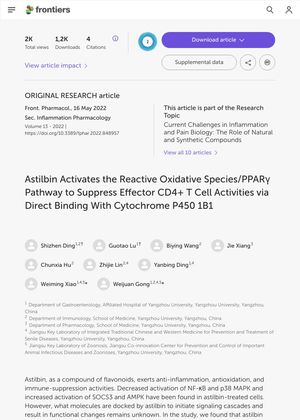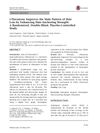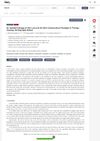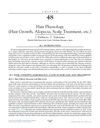Astilbin Activates the Reactive Oxidative Species/PPARγ Pathway to Suppress Effector CD4+ T Cell Activities via Direct Binding With Cytochrome P450 1B1
May 2022
in “
Frontiers in Pharmacology
”

TLDR Astilbin can potentially calm overactive immune responses, like in Type 1 Diabetes, by suppressing certain cell activities and reducing inflammation.
Astilbin, a flavonoid compound, has been found to suppress the activities of CD4+ T cells, which are crucial in immune responses. The study found that astilbin treatment reduced the production of inflammatory cytokines TNF-α and IFN-γ, increased the expression of SOCS3 and PTEN proteins that inhibit inflammatory responses, and stimulated the PPARγ/AMPK axis, leading to metabolic reprogramming of CD4+ T cells. Astilbin also directly binds with Cytochrome P450 1B1 (CYP1B1), promoting reactive oxygen species (ROS) production and decreasing secretion of inflammatory cytokines in CD4+ T cells. These findings suggest that astilbin could potentially be used as a therapeutic agent for conditions involving overactive immune responses, including Type 1 Diabetes.




